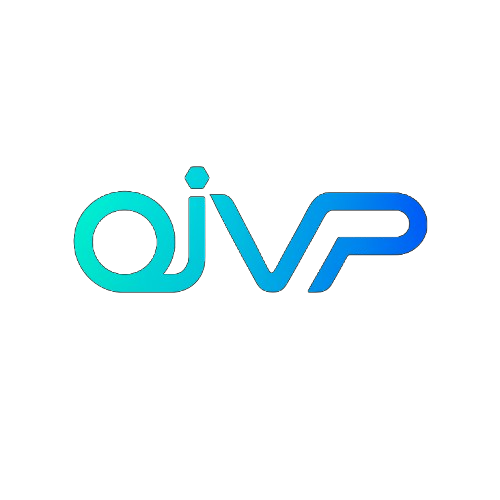

Tell us a bit about your org and what you'd like to explore.
A reusable, privacy-first alternative to OTP: verify once with a trusted issuer, then re-prove it everywhere — without sharing raw personal data.
See how OIVP works from the user's perspective. Click or hover on a step to see the phone screen change.
Your journey begins at a trusted partner, like your bank. You verify your identity once and tap to claim your secure OIVP ID.
The pass is minted and sent directly to your OIVP Wallet. It's now stored securely on your device, and only you have the key.
Months later, a new app needs to verify your Email/Phone. Instead of redo the Verification, you tap 'Verify with OIVP'.
Your wallet asks for permission. You see exactly what's being requested (e.g., "Are you trying to Signup with Email/Phone") and approve it with a tap.
The app instantly receives a valid proof. You're verified and granted access—all without redo any verification.
The stack is designed with PII abstraction, security, and scalability in mind. Hover over the layers to see their function.
Decentralized registry for issuer identities and credential revocation hashes. Zero raw PII ever touches the chain.
Defines the W3C VC data models, proof mechanisms (ZKPs), and the standard APIs for minting and verifying credentials.
The secure gateway for banks/telcos to connect their high-trust KYC data to the protocol to issue VCs.
Client-side tools for Verifier Apps to request proofs, and for Users to manage their private credentials.
We are currently raising our Pre-Seed round to fund this 18-24 month plan. Click on any date to see the details.
Design, counsel alignment (DIFC), pilot scoping, team expansion.
Status: Pre-Seed Round open.
Issuer Registry, Credential Registry, basic SDK flows, and non-custodial wallet prototype.
Fintech/telco integrations, KPI dashboards, revocation tests, and initial partner feedback loop.
Full security audits, bug bounties, public developer documentation, and DevRel program kickoff.
Issuer staking, tokenized incentives, transition to community governance, and multi-region rollout.
We are raising AED 1.2M via a SAFE instrument to secure a runway through the initial product launch and our first pilots (18-24 months).
Primary instrument is a Simple Agreement for Future Equity (SAFE) to accelerate the initial build phase.
The protocol is secured and governed by the OIVP token, which creates a durable, aligned incentive layer for all network participants.
Verifier Apps pay transaction fees to the network to process proofs. This is the primary revenue stream.
Issuers must stake tokens to gain reputation and face slashing risk for malicious or fraudulent activity.
Token holders vote on protocol upgrades, fee structures, and the addition/removal of base-layer issuers.
Emissions used to reward developers for integrating the SDK and contributing to core open-source components.
Click any segment of the allocation bar below to see details about its purpose.
Details about the percentage and its long-term use in the protocol will appear here.
Short answers to common questions about the protocol, tokenomics, and security.
Pilots, co-development, or strategic investment.
Whitepaper v0.2 • Overview Deck • Brand Kit (on request).